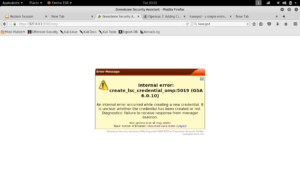… jako medium wykorzystano odpowiednio zsyntetyzowany kod DNA…

Warty uwagi artykuł naukowców z University of Washington:
Abstract: “The rapid improvement in DNA sequencing has sparked a big data revolution in genomic sciences, which has in turn led to a proliferation of bioinformatics tools. To date, these tools have encountered little adversarial pressure. This paper evaluates the robustness of such tools if (or when) adversarial attacks manifest. We demonstrate, for the first time, the synthesis of DNA which — when sequenced and processed— gives an attacker arbitrary remote code execution. To study the feasibility of creating and synthesizing a DNA-based exploit, we performed our attack on a modified downstream sequencing utility with a deliberately introduced
vulnerability. After sequencing, we observed information leakage in our data due to sample bleeding. While this phenomena is known to the sequencing community, we provide the first discussion of how this leakage channel could be used adversarially to inject data or reveal sensitive information. We then evaluate the general security hygiene of common DNA processing programs, and unfortunately, find concrete evidence of poor security practices used throughout the field. Informed by our experiments and results, we develop a broad framework and guidelines to safeguard security and privacy in DNA synthesis, sequencing, and processing.”

